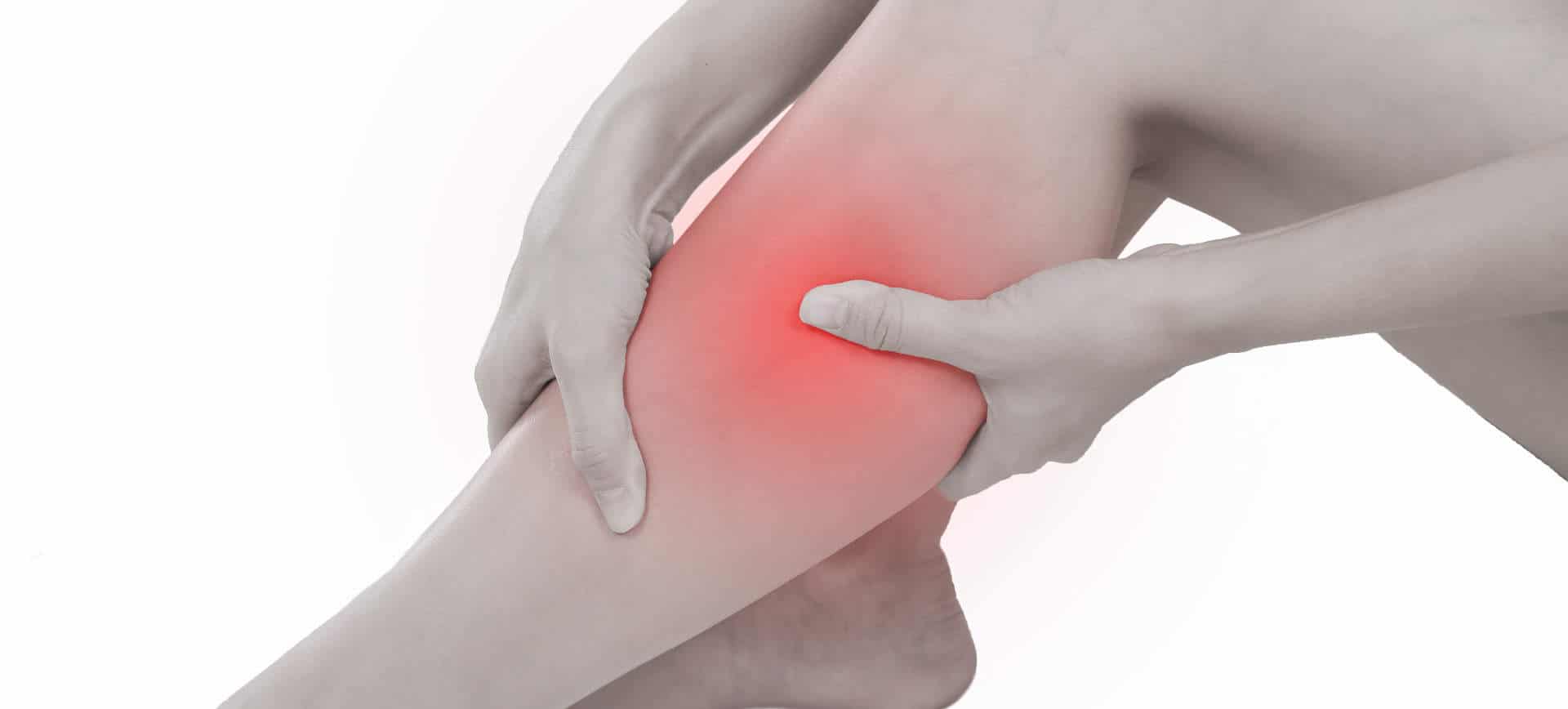Peripheral artery disease, also known as peripheral arterial disease is a disease of the circulatory system. It is characterized by obstructed and arteries, and this, in turn, leads to insufficient flow of blood to your limbs.
PAD is similar to coronary artery disease because they are both caused by atherosclerosis. People with PAD have a low flow of blood to their extremities, especially the legs. This leads to claudication, a medical term for leg pains while walking.
Experts believe that PAD is likely a sign of a serious widespread accumulation of fatty deposits in the arteries, this condition is known as atherosclerosis. This condition causes a reduced flow of blood to the legs and vital organs such as the brain and heart.
Atherosclerosis occurs when plaques build up inside the walls of the arteries, this plaque is made up of deposits of cholesterol, fats, and other substances.
When this plaque builds up in the arteries, it narrows the arteries or blocks it completely. This reduces the flow of blood in your arteries, if the plaque is inflamed or brittle, it can rupture and lead to the formation of blood clots in the arteries.
This blood clot or clots can make the artery narrow or block it completely if the blockage happens in the peripheral tissues of the legs, it leads to PAD and symptoms associated with PAD start developing.
The total restriction of blood to the legs and feet lead to gangrene and loss of limbs in some cases. The best way to prevent peripheral arterial disease is by exercising daily.
Peripheral artery disease is treated successfully by eating healthy foods, regular exercise, and quitting tobacco.
Symptoms of Peripheral Artery Disease
Some people with PAD have no symptoms, some have mild symptoms, while others have leg pains when walking.
This is known as claudication and its symptoms are muscle pains and cramps in the legs and arms and these cramps are triggered by movement and other activities that shake that part of the body but it disappears when the patient rests for few minutes.
The location of the pain is based on the area where the artery is clogged or narrowed and the most common location is calf pain.
The severity of claudication varies from mild pains to debilitating pains, it can be difficult for one to move and engage in different types of physical activities in the case of severe claudication.
Common signs and symptoms of peripheral arterial disease are:
- Erectile dysfunction in men
- Brittle toenails
- Weakness or numbness of the legs
- Weak pulse or no pulse at all in the legs or feet
- A cold sensation in the lower leg and foot especially when it’s not the same as the other side
- The skin on the leg shines or becomes pale or bluish
- The presence of sores on your legs, feet, and toes that won’t heal
- The toenails grow slowly
- The color of the legs change
- Painful cramps in one or both of your hips
- Hair loss and slow growth of hair on the legs and feet
- Feeling pains or cramps in your thighs or calf muscles after certain exercises like running, climbing the stairs, and walking.
- Presence of ulcers or sores on the legs that takes time to heal or never heals at all.
As this disease progresses, the pain may get worse and even occur when the patient is asleep or lying down. This is called ischemic rest pain and it can disrupt your sleep because of its intensity.
You can relieve the pain temporarily by walking around or hanging your legs over the edge of your bed or chair.
Causes of Peripheral Artery Disease
The main cause of peripheral artery disease is atherosclerosis, in this condition, fatty deposits or plaques build up inside the walls of the artery thereby reducing the flow of blood.
Atherosclerosis affects all parts of the body and not just your heart, when it affects the arteries supplying blood to your limbs, it causes peripheral arterial disease.
Less common factors that cause peripheral artery disease are the inflammation of the blood vessels, injury to the limbs, exposure to radiation, and unusual anatomy of the muscles and ligaments.
Risk Factors of Peripheral Arterial Disease
Some factors increase your risk of having peripheral arterial disease and some of them are:
- Having a high level of homocysteine, this is a protein that builds up in the tissues and increases your risks of chronic diseases such as heart disease, stroke, or peripheral artery disease
- Smoking
- Having a family history of stroke, heart disease, and peripheral arterial disease
- Getting old, especially after 50 years of age
- Diabetes
- High levels of cholesterol
- Obesity
- High blood pressure
- High body mass index over 30
Individuals who smoke and people with diabetes have the highest risks of developing peripheral artery disease because these conditions reduce the flow of blood.
Also, it is estimated that almost half of the people with PAD don’t know they have this disease because most of them have no symptoms.
Complications of Peripheral Artery Disease
You are at risk of developing some health conditions if your peripheral artery disease is caused by atherosclerosis. Some of the conditions are:
- Chronic conditions and heart attack: Atherosclerosis is not limited to the legs only but it can affect any part of the body. When it affects the arteries supplying blood to the heart, a heart attack occurs and when it affects the arteries supplying blood to the brain, a stroke happens.
- Critical limb ischemia: This condition usually starts as an open sore that does not heal, it can also start as an injury or an infection of your feet and legs. When these infection or injury progress, critical limb ischemia occurs and it leads to gangrene (the death of tissues in the body). The affected limb might have to be amputated in most cases.
- Stenosis or Renal Artery Disease: Atherosclerosis can narrow or block the arteries supplying blood to the kidneys thereby leading to kidney problems and failure.
References;
- Peripheral Artery Disease (PAD); Mayo Clinic
- Peripheral Artery Disease; NIH
- The Use of B Vitamin Supplements and Peripheral Arterial Disease Risk in Men Are Inversely Related; JN













